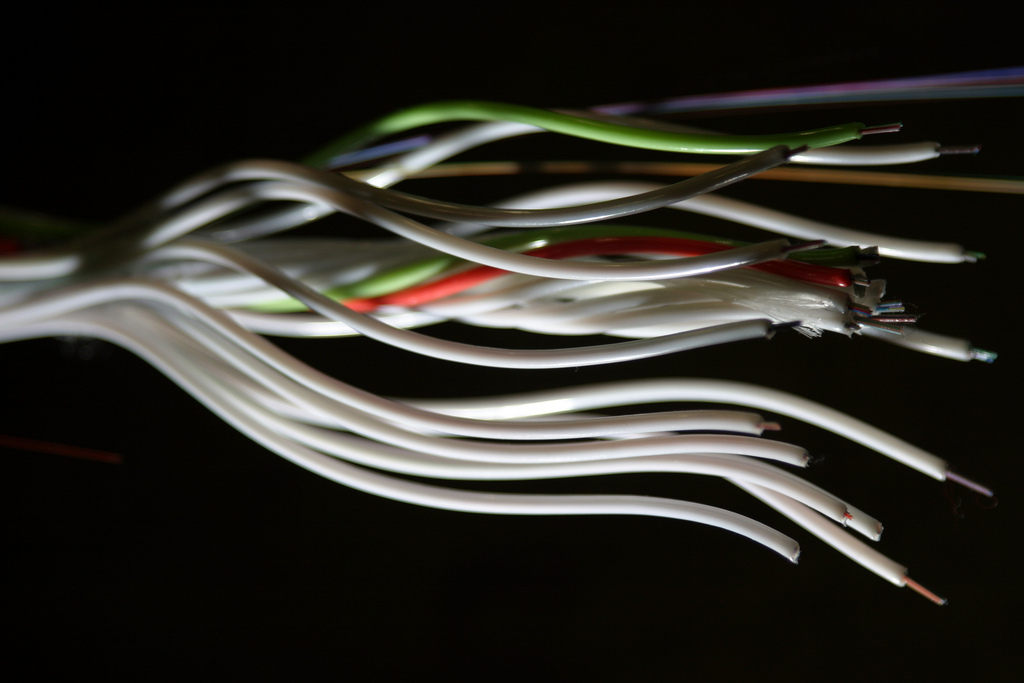The shift to remote work and distance learning that came with the COVID-19 pandemic made the need for digital access an acute one, as education, healthcare and social connection were made dependent on connectivity. It also made addressing the city’s digital divide an urgent issue for officials and grassroots groups.
This week, a new analysis from the Abell Foundation shows the most recent numbers behind these disparities, and charts recommendations that point toward sustainable change.
Read the full reportAuthored by John B. Horrigan, a senior fellow at the Technology Policy Institute, and titled “Baltimore’s Digital Divide: Gaps in Internet Connectivity and the Impact on Low-Income City Residents,” the report analyzed American Community Surveys data for 2018 the report shows the following:
- 96,000 households, or 40.7%, do not have wireline internet service, such as cable, fiber or another subscriber line
- 75,000 households, or one in three, do not have a desktop or laptop computer
- Baltimore ranks 29th out of 33 other U.S. cities for home wireline broadband adoption
The number of households that lack wireline internet service, as tracked in this report, is a notably larger percentage than that of households lacking broadband service, a metric found in previous reports we’ve covered. That’s the result not only of having up-to-date data, but also a deliberate choice, since using a wireline connection and computer — rather than just a smartphone — is more effective for education, access to unemployment benefits and adult learning, according to the report.
The report further states that 52,000 households lack broadband of any kind.
Like many of Baltimore’s disparities, this plays out along the lines of race and income. Half of African Americans and 46.2% of Hispanic residents have lower access to wireline broadband, while white residents’ adoption is 73.3%. Along income lines, adoption falls with each bracket, with wireline access as low as 33.8% among people making less than $25,000.
The disparities along income lines explain one of the key drivers of the disparities, according to Horrigan: Affordability of a monthly subscription remains a barrier. Digital skills are another big issue.
“If you can’t afford the service and have not had it,” Horrigan said, “you may not have the digital skills to do classwork that might be on Zoom or to search for healthcare information and unemployment benefits.”
The width of the disparities also comes into view when comparing Baltimore to other cities. Coming 29th out of 33 cities, it is behind other tech hubs like San Jose, Seattle, Boston, D.C. and Raleigh. And the wired adoption rate has changed little since 2016, with the average across cities three times the size of Baltimore’s .9% growth, the report states.

(Chart via Abell Foundation)
“Baltimore does not compare well to other cities. You might look at that and say, maybe we’re catching up, and that’s not true, either,” Horrigan said.
So what can Baltimore learn from other cities? The report makes the following recommendations:
- Develop a pipeline of device delivery to low-income households, prioritizing families with school-age children.
- Enhance the capability of community anchor institutions such as libraries and neighborhood nonprofits to provide tech support and digital skills training.
- Enlist a wide range of stakeholders to address digital inequality.
- Build capacity in city government on digital access issues so that Baltimore’s city government can have a stronger leadership position on this issue.
We’ve already seen signs of a response that has been embraced in response to the pandemic. Groups are banding together to deliver devices to families and set up mesh Wi-Fi networks to expand access. And 50 groups have joined the Baltimore Digital Equity Coalition to help coordinate and prioritize efforts, with members also seeking to fill in gaps by setting up a tech support hotline.
Horrigan said deeper engagement from the business community, as well as anchor institutions like universities and hospitals, can also be helpful.
There’s also more room for city government to play a role. There was new action from Baltimore city elected leaders in the crisis as they approved $3 million for the city’s public school district to distribute laptops and expand Wi-Fi. Horrigan said other cities have also had success in bringing on dedicated staff members to work on the issue, as well.
“Cities that have invested in staff capacity over time are in a much better way to make informed decisions and help push the ball forward,” Horrigan said.
Join the conversation!
Find news, events, jobs and people who share your interests on Technical.ly's open community Slack

Baltimore daily roundup: Medtech made in Baltimore; Sen. Sanders visits Morgan State; Humane Ai review debate

Baltimore daily roundup: An HBCU innovation champion's journey; Sen. Sanders visits Morgan State; Humane Ai review debate

Baltimore daily roundup: The city's new esports lab; a conference in Wilmington; GBC reports $4B of economic activity


